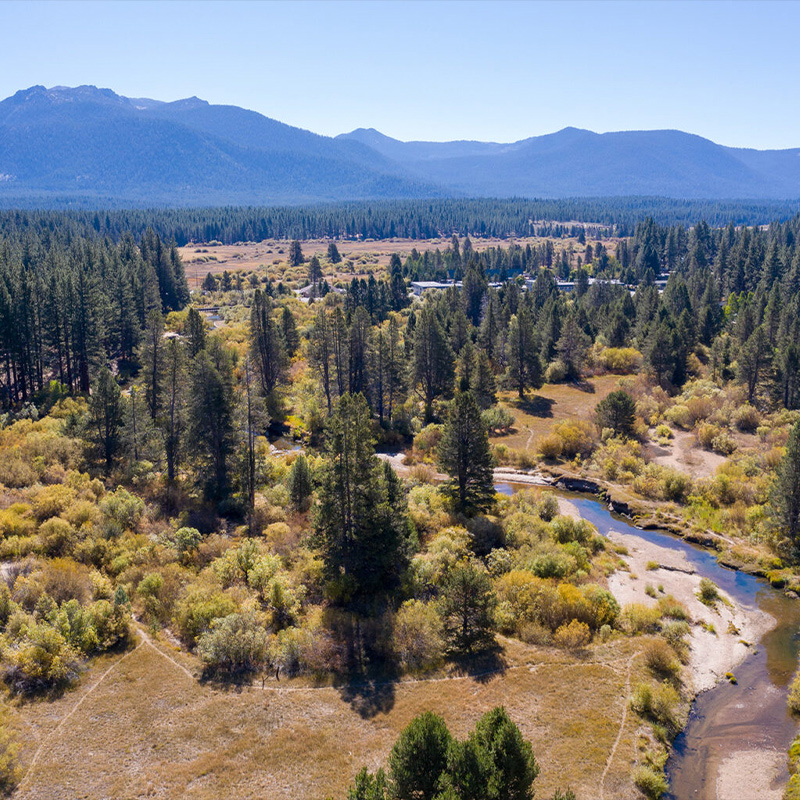Lake Tahoe is famous for its clarity. But it used to be much, much clearer. The lake’s sparkling blue water was losing its famed clarity at around a foot per year until mitigation measures were implemented to halt the decline. The ultimate goal is to restore clarity, including by rehabilitating wetlands that serve as natural filters for sediment that flows toward the lake.
Last month’s acquisition by the California Tahoe Conservancy of a parcel of land considered an integral part of wetland restoration is a conservation story with some clear winners — the lake and its wildlife — and no real losers.
The Upper Truckee River meanders through dense conifer forest and moist sphagnum bogs on its 21-mile journey from its headwaters near Red Lake Peak on Carson Pass down to Lake Tahoe. Along the way, the river passes through a century’s worth of development — golf courses, parking lots, restaurants and motels — on land that used to serve as the river’s floodplain.
The Upper Truckee River Watershed is the largest contributor of freshwater to Lake Tahoe. Spanning from Carson Pass to just across the Nevada border south of Highway 50, the watershed drains one third of the basin around Lake Tahoe.


